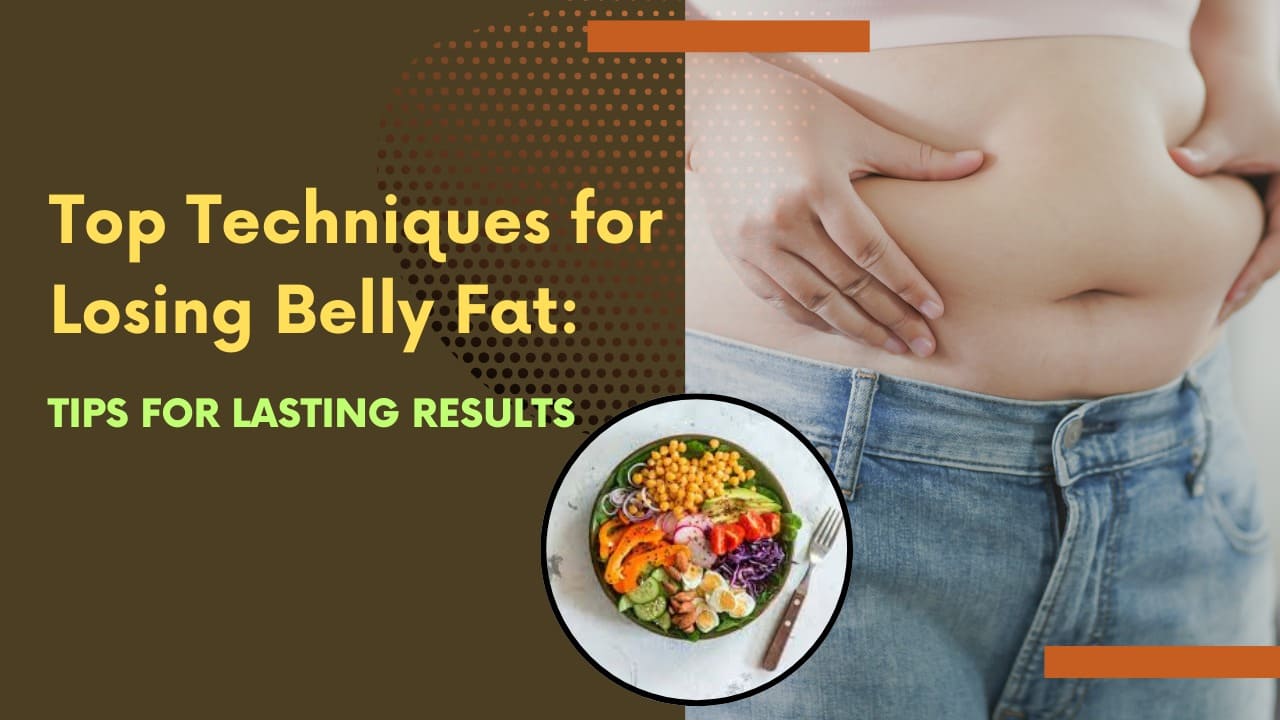Belly fat is often the hardest type of fat to lose and is usually the first area people want to target. It’s not only about appearance—excess belly fat is linked to serious health conditions such as type 2 diabetes, heart problems, and long-term inflammation. That’s why getting rid of it is important for both your looks and your overall health.
The good news is that reducing belly fat is possible with the right habits. You don’t need extreme diets or complicated routines. Instead, simple steps like eating whole foods, avoiding added sugars, and getting enough sleep can make a big difference. Regular physical activity, especially a mix of cardio and strength training, is also key.
In this article, we’ll walk you through the top techniques for losing belly fat. These methods are supported by science and made for real life, so you can take action with confidence and start seeing results.
Why Belly Fat is Dangerous
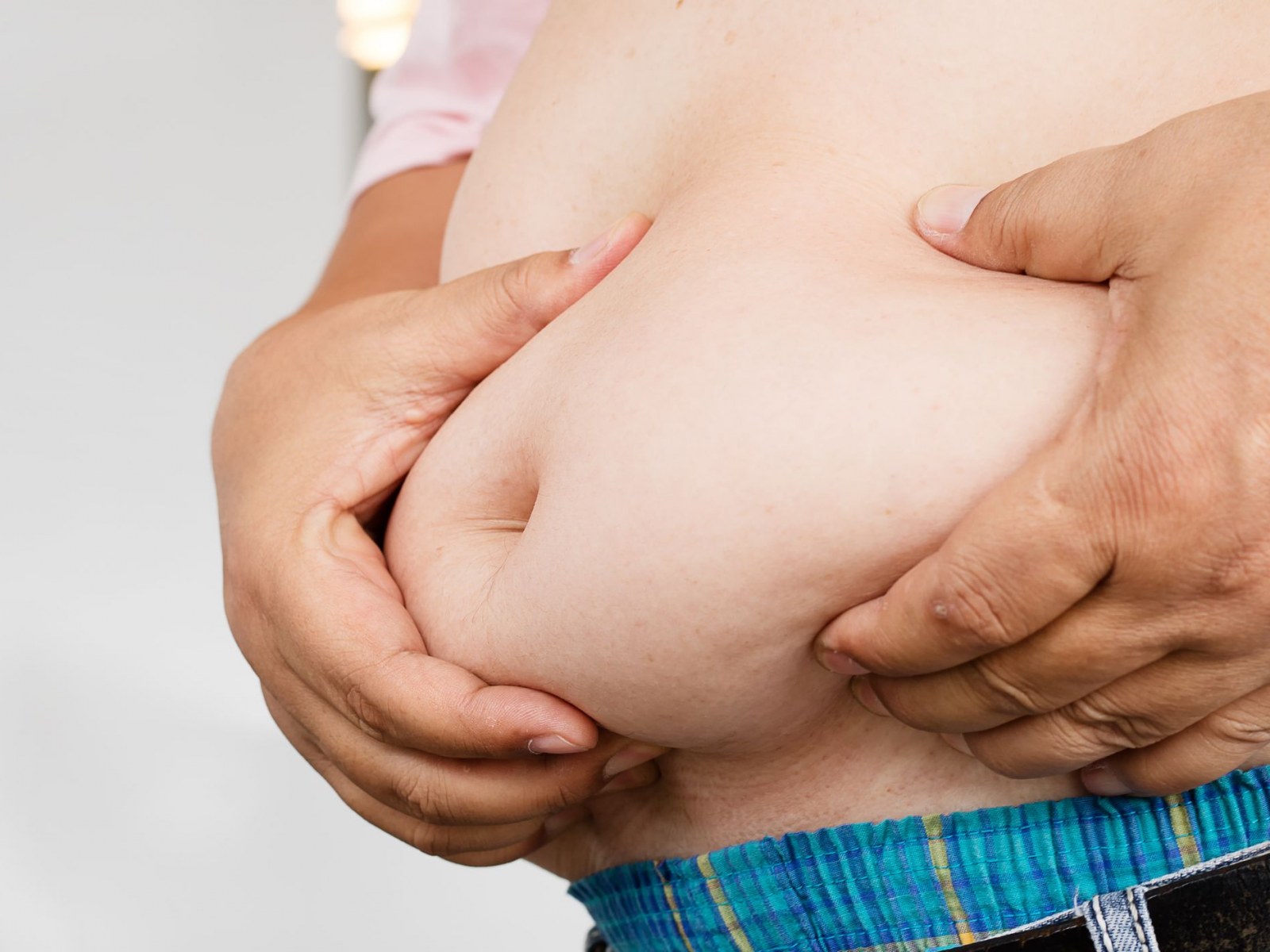
elly fat, especially the type known as visceral fat, sits deep inside your abdomen and wraps around your internal organs. This kind of fat is more harmful than the fat just under your skin, called subcutaneous fat. Visceral fat is linked to a higher risk of serious health problems, including heart disease, type 2 diabetes, and certain cancers.
Unlike subcutaneous fat, visceral fat releases inflammatory chemicals and hormones that can disrupt your body’s normal functions. These substances can lead to chronic inflammation and other health issues over time. Reducing visceral fat is important not just for appearance but for improving overall health and lowering the risk of long-term diseases.
Health risks associated with belly fat include:
Insulin resistance
Cardiovascular disease
High blood pressure
Fatty liver
Hormonal imbalances
That’s why reducing belly fat isn’t just about fitting into your clothes—it’s about improving your overall health and longevity.
The Science Behind Belly Fat Accumulation
Understanding how belly fat forms can help you fight it more effectively. Here are the main factors:
Consuming too many calories, particularly from sugary foods and heavily processed meals
Elevated cortisol levels due to ongoing stress or anxiety
Insufficient physical activity or a sedentary lifestyle
Hormonal imbalances, especially those that occur with aging
Inadequate or poor-quality sleep over an extended period
Because multiple factors contribute to belly fat, the best approach is a multi-faceted one that includes diet, exercise, and lifestyle adjustments.
Top Dietary Techniques to Burn Belly Fat
Reduce Added Sugars and Refined Carbs

High sugar intake, particularly from sweetened beverages and sugary snacks, is a significant factor in the accumulation of fat around the stomach area.
It is advisable to limit or eliminate foods like soft drinks, candies, white bread, baked goods, and heavily processed breakfast cereals.
Instead, opt for healthier complex carbohydrates such as quinoa, rolled oats, sweet potatoes, and brown rice for more balanced nutrition.
Helpful tip: Always check food labels closely—sugar can be hidden under different names like dextrose, high-fructose corn syrup, and cane juice. These added sugars may not be obvious but can still lead to unwanted weight gain, especially around the belly. Being aware of these hidden ingredients can help you make healthier food choices and reduce belly fat.
Eat More Protein
Protein is considered the most beneficial macronutrient when it comes to losing body fat. It helps increase your metabolic rate and supports appetite control by making you feel full for longer periods.
Following a high-protein eating plan can aid in preserving muscle mass while encouraging the reduction of body fat, including fat stored in the abdominal area.
Excellent sources of protein include lean cuts of meat, eggs, Greek yogurt, legumes such as beans and lentils, and plant-based options like tofu.
Aim for: 25–30% of your daily calories from protein.
Focus on Fiber-Rich Foods
Soluble fiber slows digestion, increases satiety, and reduces calorie absorption.
It also helps lower cholesterol and improve gut health.
Great sources of fiber:
Avocados
Flaxseeds
Legumes
Berries
Oats
Chia seeds
Time-Restricted Eating (Intermittent Fasting)
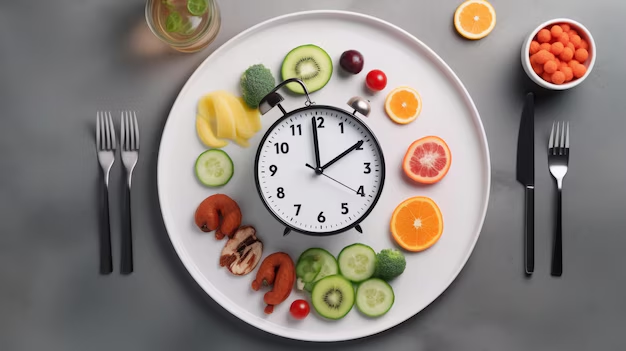
Intermittent fasting is an eating pattern that can help lower insulin levels, enhance overall metabolic function, and support the body’s natural fat-burning processes.
Popular approaches include the 16:8 method, which involves fasting for 16 hours followed by an 8-hour eating period, and the 5:2 method, where individuals eat normally for five days of the week and significantly reduce calorie intake on the remaining two days.
Note: Not a magic bullet, but effective when combined with a healthy diet.
Top Exercise Techniques to Target Belly Fat
Cardio Workouts
Cardio workouts are one of the top techniques for losing belly fat. These exercises raise your heart rate, helping your body burn more calories and fat over time. Activities like brisk walking, jogging, cycling, swimming, or dancing are all effective forms of cardio. Doing them regularly helps reduce overall body fat, including stubborn belly fat.
Consistency is key when it comes to cardio workouts. Aim for at least 30 minutes of moderate-intensity cardio most days of the week. Not only do these workouts support fat loss, but they also improve heart health, boost energy levels, and reduce stress. Including cardio in your routine is a simple and powerful way to reach your belly fat loss goals.
Aerobic exercises help burn calories and reduce overall body fat, including belly fat.
Examples: brisk walking, jogging, cycling, swimming.
Aim for: 150–300 minutes of moderate cardio per week.
Strength Training
Strength training is one of the top techniques for losing belly fat. Unlike cardio, which burns calories during the workout, strength training helps build muscle, which increases your metabolism and allows your body to burn more calories even at rest. This helps reduce body fat, including around the belly area, over time.
Exercises like weight lifting, bodyweight workouts (such as squats and push-ups), and resistance band training are effective options. Aim to do strength training at least 2 to 3 times a week. It not only helps with fat loss but also tones your muscles, improves posture, and supports overall strength. Including strength training in your routine makes your fat loss efforts more balanced and effective.
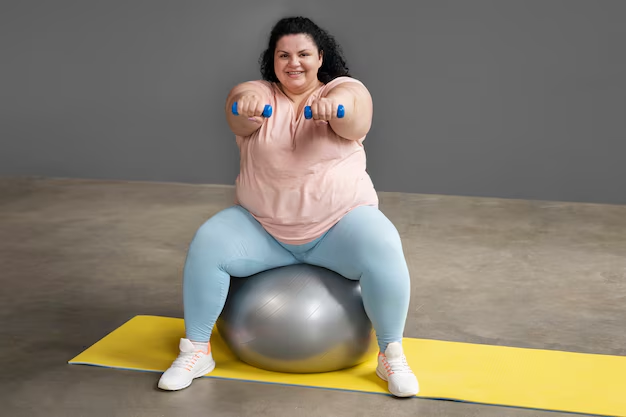
Building muscle increases resting metabolism, helping your body burn more calories even at rest.
Focus on compound movements: squats, deadlifts, rows, push-ups.
Tip: 2–3 sessions per week is ideal for beginners.
High-Intensity Interval Training (HIIT)
High-Intensity Interval Training (HIIT) is one of the top techniques for losing belly fat. It involves short bursts of intense exercise followed by brief periods of rest or low activity. This type of workout helps you burn a large number of calories in a short time and keeps your metabolism elevated even after the session ends.
HIIT can include exercises like sprinting, jumping jacks, burpees, or cycling at high speed. A typical session may last only 20–30 minutes but can be highly effective for fat loss. By adding HIIT to your fitness routine a few times a week, you can target belly fat more efficiently while also improving your heart health and overall endurance.
HIIT alternates short bursts of intense activity with brief recovery periods.
Proven to burn more fat in less time and improve metabolic rate.
Sample HIIT Workout (20 min):
30 sec jumping jacks
30 sec rest
30 sec burpees
30 sec rest
30 sec mountain climbers
Repeat 3–4 rounds
Core Strengthening vs. Spot Reduction
Core strengthening exercises are often recommended as one of the top techniques for losing belly fat. These workouts, such as planks, crunches, and leg raises, target the muscles in your abdominal area, helping to build strength and tone. However, it’s important to note that while core exercises improve muscle definition, they do not directly reduce belly fat.
Spot reduction, the idea of losing fat from a specific area by targeting it with exercises, is a common misconception. Fat loss happens throughout the body as a whole, not just in one spot. To effectively lose belly fat, a combination of healthy eating, cardio, and strength training is required. Core exercises play a supportive role in strengthening the midsection but should be part of a broader fat loss strategy.
Crunches and planks build abdominal strength but won’t melt belly fat alone.
Spot reduction is a myth—fat loss happens evenly across the body.
Use core exercises alongside full-body training for best results.
Lifestyle Modifications That Make a Difference
Improve Sleep Quality

Improving sleep quality is one of the top techniques for losing belly fat. Poor sleep can disrupt hormones that control hunger and fat storage, such as cortisol and ghrelin, leading to increased cravings and weight gain, especially around the belly area. A consistent sleep schedule and creating a relaxing bedtime routine can help improve sleep quality.
To sleep better, aim for 7-9 hours of rest each night and try to go to bed and wake up at the same time every day. Avoid caffeine, heavy meals, and screen time before bed. Creating a calming environment with a dark, quiet, and cool room can also promote better sleep. Prioritizing rest not only supports fat loss but enhances overall health and well-being.
Poor sleep affects hunger hormones, leading to increased appetite and cravings.
Lack of sleep is linked to higher cortisol levels and belly fat gain.
Goal: 7–9 hours of quality sleep per night.
Manage Stress Levels
Managing stress levels is one of the top techniques for losing belly fat. When you’re stressed, your body releases a hormone called cortisol, which can lead to fat storage, especially around the abdomen. High stress levels can also lead to overeating or cravings for unhealthy foods, further contributing to weight gain.
To reduce stress, try incorporating relaxation practices such as deep breathing, meditation, or yoga into your daily routine. Regular physical activity, like walking or exercising, can also help lower stress and improve mood. Additionally, setting aside time for hobbies, spending time with loved ones, and getting adequate rest can all help manage stress. Reducing stress not only supports fat loss but also enhances overall health and well-being.
Chronic stress increases cortisol, which promotes belly fat storage.
Find your go-to stress relievers: meditation, yoga, journaling, walking in nature.
Quick stress busters:
5 deep breaths
10-minute walk
Guided meditation apps like Headspace or Calm
Limit Alcohol Consumption
Limiting alcohol consumption is one of the top techniques for losing belly fat. Alcoholic beverages, especially sugary cocktails and beer, are high in empty calories that can contribute to weight gain, particularly around the abdominal area. Drinking excessively can also increase appetite and lead to poor food choices, further hindering fat loss.
To reduce belly fat, it’s important to control how much alcohol you consume. Opt for lower-calorie drinks like wine or light beer, and avoid sugary mixers. Limiting alcohol to occasional social events and reducing frequent consumption can help decrease your overall calorie intake and support your fat loss goals. Cutting back on alcohol not only helps with belly fat but also improves your health and energy levels.
Alcohol is high in empty calories and can promote fat storage around the belly.
It also affects your sleep and decision-making about food.
Better choices: Dry wine, light beer, or spirits with soda water—and in moderation.
Stay Hydrated
Staying hydrated is one of the top techniques for losing belly fat. Drinking enough water helps control hunger by promoting a feeling of fullness, which can prevent overeating and reduce calorie intake. Proper hydration also supports your metabolism, helping your body burn fat more efficiently.
In addition, drinking water throughout the day can improve your digestion and reduce bloating, which may make your stomach appear flatter. Aim for at least 8 cups (2 liters) of water daily, but more may be necessary if you’re active or in a hot climate. You can also hydrate with herbal teas or water-rich foods like fruits and vegetables. Staying hydrated is a simple but effective strategy to aid in fat loss and overall health.
Water helps with fat metabolism, digestion, and appetite control.
Sometimes thirst is mistaken for hunger.
Tip: Aim for at least 8 cups (2 liters) per day—more if you’re active.
Supplements and Natural Support (With Caution)
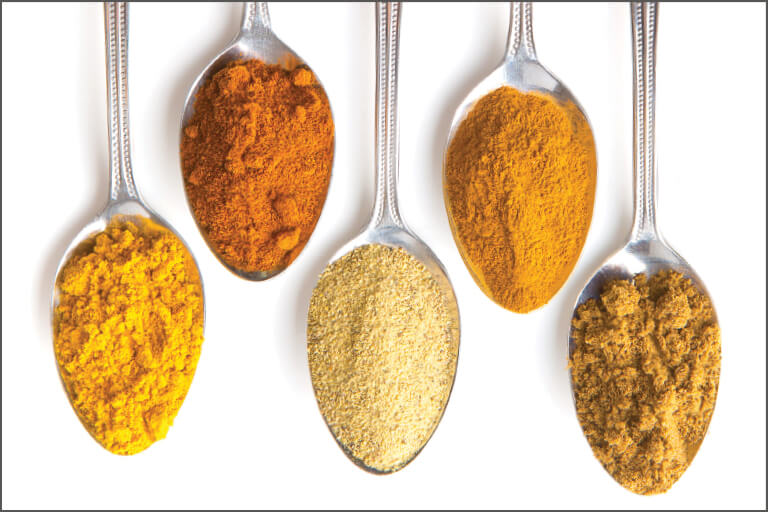
While no supplement will magically melt fat, some may support your efforts when used wisely:
Green tea extract: It contains powerful antioxidants called catechins, which may help enhance fat-burning processes in the body and support weight loss efforts.
Caffeine: Known for its ability to increase metabolism, caffeine boosts energy levels and helps accelerate the fat-burning process, making it a popular ingredient in many weight loss supplements.
Soluble fiber supplements: Products like glucomannan and psyllium husk are rich in soluble fiber, which can help promote feelings of fullness, aid digestion, and support healthy weight management by reducing overall calorie intake.
Avoid:
Fat burners with unregulated ingredients
Detox teas or waist trainers (they don’t burn fat)
Always consult a healthcare provider before taking any supplement.
Realistic Timeframes and What to Expect
You didn’t gain belly fat overnight, and you won’t lose it overnight either. Realistic and healthy weight loss is about 1–2 pounds per week.
Visible reduction in belly fat may take:
4–6 weeks: for small changes
3–6 months: for significant transformation
Focus on non-scale victories, such as:
Clothes fitting better
Increased energy
Better sleep and mood
Reduced cravings
Common Mistakes to Avoid
Skipping meals: Skipping meals can slow down your metabolism, making it harder to burn calories efficiently. It also increases cravings, often leading to overeating later in the day.
Overdoing ab exercises: While ab exercises strengthen your core, they won’t directly burn belly fat. Full-body workouts that engage multiple muscle groups are essential for overall fat loss, including around the stomach.
Crash diets: Extreme diets that drastically cut calories can lead to quick weight loss, but they often result in rebound weight gain and muscle loss once normal eating habits resume.
Ignoring strength training: Strength training is crucial for fat loss because muscle burns more calories, even when you’re at rest. Building muscle helps boost your metabolism and aids in long-term fat loss.
Being impatient: Sustainable fat loss requires time and consistent effort. It’s important to be patient and stay committed to your fitness plan for lasting results.
Conclusion
Losing belly fat isn’t about following extreme diets or spending hours in the gym. The top techniques for losing belly fat focus on smart, sustainable strategies that combine balanced nutrition, regular exercise, better sleep, and stress management. Instead of drastic measures, consistency is key to achieving lasting results.
Small daily changes can make a big difference over time. For instance, reducing sugary drinks, committing to a 30-minute walk each day, and prioritizing quality sleep can have a significant impact on belly fat. These simple habits support fat loss and improve overall well-being.
Remember, patience and consistency are crucial. It’s not about quick fixes but about creating healthy habits that you can maintain in the long term. Focus on gradual, positive changes, and you’ll see steady progress toward reducing belly fat while improving your health and energy levels.
FAQs
What are the top techniques for losing belly fat ?
The top techniques for losing belly fat include a balanced diet, regular exercise (especially cardio and strength training), improving sleep quality, managing stress levels, and staying hydrated. Consistency in these habits will lead to gradual and sustainable fat loss.
How long does it take to lose belly fat ?
Losing belly fat takes time and depends on individual factors such as diet, exercise routine, and metabolism. Consistent efforts over a few months, combined with healthy lifestyle choices, can lead to visible changes in belly fat.
Can spot reduction exercises help lose belly fat ?
Spot reduction, or targeting fat loss from a specific area, is a myth. Belly fat loss happens through overall body fat reduction, which requires a combination of cardio, strength training, and a healthy diet.
Is intermittent fasting effective for losing belly fat ?
Intermittent fasting can be an effective technique for losing belly fat. By limiting eating windows, it helps reduce calorie intake and supports fat burning. However, it’s essential to combine fasting with healthy eating habits for long-term results.
Can stress affect belly fat ?
Yes, high-stress levels can contribute to belly fat accumulation. Stress triggers the release of cortisol, a hormone that promotes fat storage, especially in the abdominal area. Managing stress through relaxation techniques can help prevent this.
